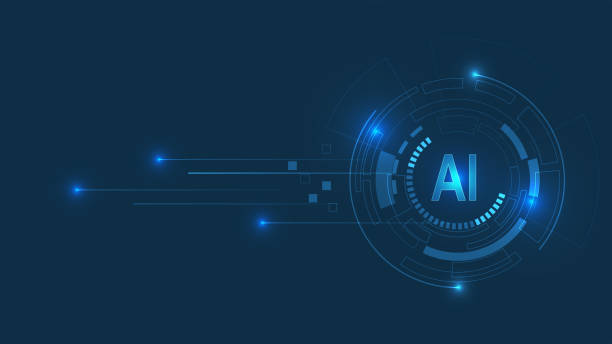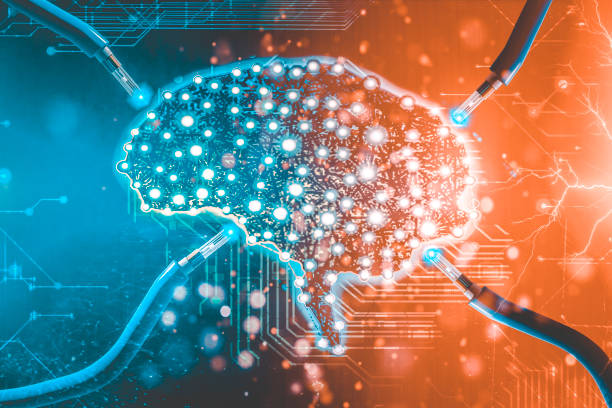What is On-Page SEO and Why is it Important?
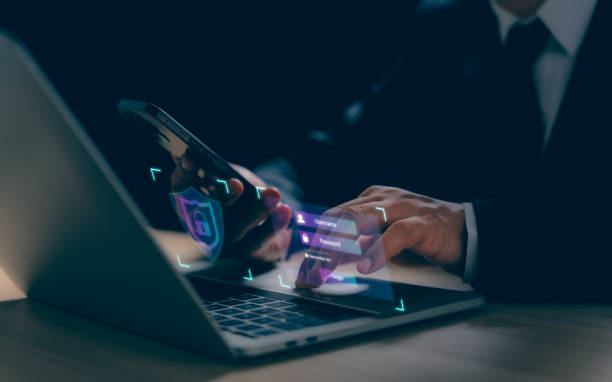
What is On-Page SEO and Why is it Important?
#OnPageSEO, or On-Page SEO, is a set of actions taken to optimize website pages to achieve a better ranking in Google search results and other search engines.
These actions include optimizing content, site structure, title tags, meta descriptions, images, and other page elements.
On-page SEO is very important because it helps search engines better understand the topic and content of the page, and as a result, assigns a better ranking to it.
When your website is optimized for On-Page SEO, it is more likely to rank high in search results and attract more organic traffic.
Organic traffic refers to visitors who reach your website through searches in search engines.
This type of traffic is very valuable because visitors are looking for information related to your business and are more likely to become customers.
In other words, On-Page SEO makes your content easily found by the target audience.
In addition, On-Page SEO helps improve user experience.
An optimized website from an On-Page SEO perspective usually has a well-organized structure and quality content that helps visitors easily find the information they need.
This increases user satisfaction and reduces the bounce rate.
Ultimately, all these factors help improve the website’s ranking in search results.
Is your current online store design causing you to lose customers and sales?
Rasaweb is your solution with modern and user-friendly online store designs!
✅ Significant increase in conversion rate and sales
✅ Creating a strong brand and gaining customer trust
⚡ Get free online store design consultation from Rasaweb!
Keyword Research; The Cornerstone of On-Page SEO
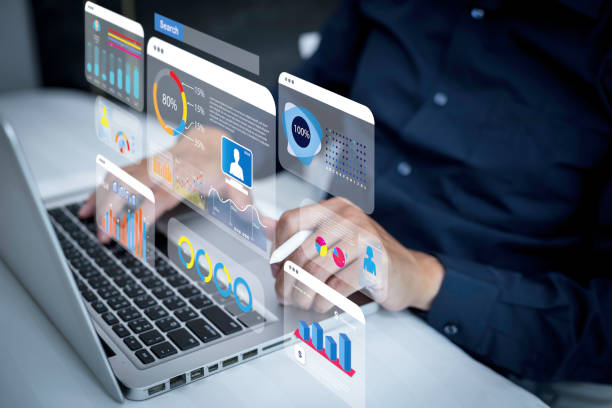
Keyword Research; The Cornerstone of On-Page SEO
Keyword research is the process of identifying the words and phrases that users use to search for information related to your business in search engines.
These keywords should be strategically used in your website content so that search engines can recognize the connection between your content and user searches.
To perform keyword research, you can use various tools such as Google Keyword Planner, Ahrefs, SEMrush, and Moz Keyword Explorer.
These tools help you find keywords related to your business, check their search volume, and assess the level of competition for each keyword.
Choosing the right keywords is the first step in optimizing On-Page SEO.
When choosing keywords, look for words that have a reasonable search volume and the level of competition for them is not too high.
Also, try to consider long-tail keywords as well.
These keywords usually have lower search volume but higher conversion rates because users know exactly what they are looking for.
Using these keywords in your content strategy can help attract more targeted traffic.
Optimizing the Page Title (Title Tag)
![]()
Optimizing the Page Title (Title Tag)
The Title Tag is one of the most important elements of On-Page SEO.
This tag displays your page’s title in search results and browser tabs.
The page title should be attractive, relevant, and contain the page’s main keyword.
The length of the page title should be between 50 and 60 characters to be fully displayed in search results.
A good title is attractive to both search engines and users.
The page title should accurately describe the content of the page and encourage users to click on your link.
Avoid using irrelevant and misleading keywords, as this can harm the user experience and lower your website’s ranking.
Also, try to design a unique and attractive page title for each page.
For example, if your page is about “Best On-Page SEO Practices,” the page title could be: “Best On-Page SEO Practices 2024 – Comprehensive Guide.”
This title contains both the main keyword and shows users that your page is a comprehensive and up-to-date guide.
| Feature | Description |
|---|---|
| Appropriate Length | 50-60 Characters |
| Keyword | Includes the main keyword of the page |
| Attractiveness | Attractive and encouraging to click |
| Unique | Unique for each page |
Optimizing Meta Description

Optimizing Meta Description
The Meta Description is a short summary of the page content that is displayed in search results below the page title.
Meta descriptions help users understand what your page is about before clicking on your link.
A good meta description should be attractive, relevant, and contain the main keyword of the page.
The length of the meta description should be between 150 and 160 characters.
The meta description does not directly affect your website’s ranking, but it can affect the click-through rate (CTR).
An attractive meta description can encourage users to click on your link and enter your website.
The higher your click-through rate, the more likely your website is to rank high.
Meta descriptions are of particular importance for improving On-Page SEO.
For example, if your page is about “Laptop Buying Guide,” the meta description could be: “Comprehensive Laptop Buying Guide in 2024.
By reading this guide, choose the best laptop according to your needs.”.
This description both shows users that your page is a comprehensive guide and encourages them to click on your link for more information.
Are you bothered by losing customers due to the outdated appearance or slow speed of your online store? Rasaweb’s expert team solves these problems with professional online store design!
✅ Increase customer trust and brand credibility
✅ Experience amazing speed and excellent user experience
Get a free consultation with Rasaweb now ⚡
Optimizing URL Structure

Optimizing URL Structure
The URL structure, or page address, is another important element of On-Page SEO.
A good URL should be short, descriptive, and contain the main keyword of the page.
The URL should show users and search engines what your page is about.
Avoid using long and complex URLs, as this can confuse users and search engines.
The best practice is to organize the URL hierarchically and logically.
For example, if your page is about “On-Page SEO Training,” the URL could be: “www.example.com/blog/seo/on-page-seo”.
This URL is both short and descriptive and shows users that your page is in the SEO articles category.
Also, try to avoid using uppercase letters, spaces, and special characters in the URL.
Use hyphens (-) instead of spaces.
This makes your URL more readable and understandable.
Optimizing Page Content
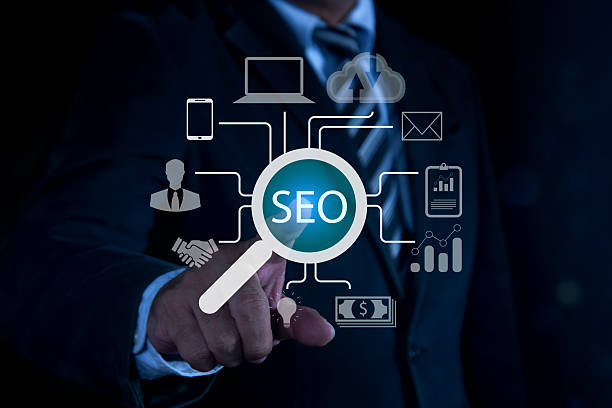
Optimizing Page Content
Page content is the most important factor in On-Page SEO.
Your content should be high quality, relevant, valuable, and unique.
Your content should answer users’ questions and needs and encourage them to stay longer on your website and interact with your content.
On-Page SEO has a significant impact on content optimization.
When writing content, pay attention to the following:
- Use the main and secondary keywords naturally in your content.
Avoid overusing keywords, as this can make your content look unnatural and lower your website’s ranking. - Structure your content in an organized manner using titles and subtitles.
This helps users and search engines easily understand your content. - Use images, videos, and other multimedia elements to make your content more attractive.
Images and videos can help improve the user experience and increase the retention time of users on your website. - Update your content regularly.
Old and outdated content can harm your website’s ranking.
Optimizing Images
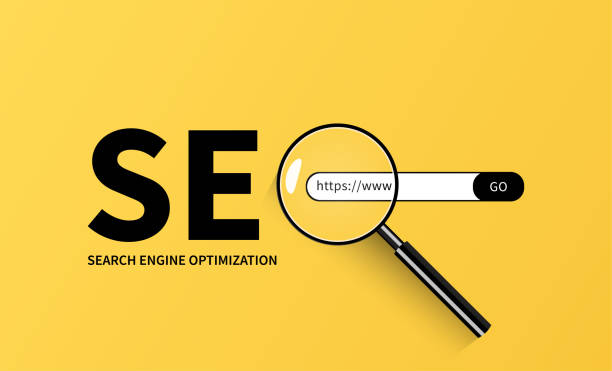
Optimizing Images
Images play an important role in the visual appeal and user experience of your website, but if they are not properly optimized, they can slow down page loading and harm your website’s ranking.
To optimize images, pay attention to the following:
- Use high-quality images, but reduce their file size.
You can use online image compression tools to reduce the file size of images. - Use appropriate image formats such as JPEG for color images and PNG for images with text and graphics.
- Use descriptive filenames containing keywords for your images.
Instead of using filenames like “IMG_1234.jpg”, use filenames like “on-page-seo-guide.jpg”. - Use the ALT tag for your images.
The ALT tag is a short text description of the image that is displayed to users if the image is not displayed.
The ALT tag should accurately describe the content of the image and contain the main keyword of the page.
| Feature | Description |
|---|---|
| File Size | Smallest possible size |
| Format | JPEG (color), PNG (text/graphics) |
| Filename | Descriptive and contains keywords |
| ALT Tag | Accurate description and contains keywords |
Internal Linking

Internal Linking
Internal linking means creating links between different pages of your website.
Internal linking helps search engines better understand the structure of your website and connect related pages to each other.
Internal linking also helps users easily navigate your website and find the information they need.
Internal linking and On-Page SEO are directly related and are very effective in website optimization.
When internal linking, pay attention to the following:
- Create links to relevant and valuable pages on your website.
- Use appropriate and descriptive link text.
The link text should accurately describe the content of the destination page. - Avoid overlinking.
Too many unnecessary links can make your website look spammy.
Are you losing potential customers because of your non-professional website? Rasaweb is your answer! With our specialized corporate website design services:
✅ Enhance the credibility and position of your business
✅ Experience attracting more targeted customers
⚡ Apply now to receive a free consultation!
Optimizing Page Load Speed
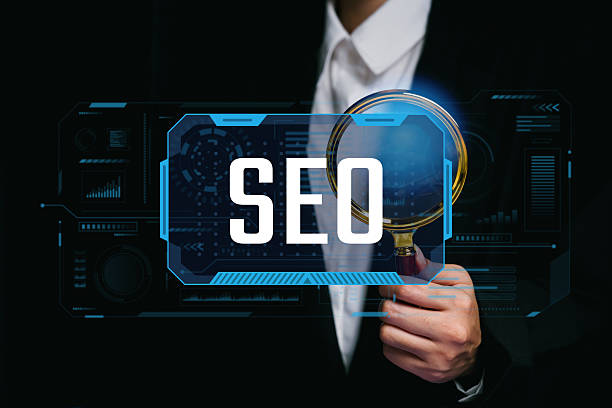
Optimizing Page Load Speed
Page load speed is one of the important factors in user experience and SEO.
Users expect website pages to load quickly.
If your page loads slowly, users may leave your website and visit competitor websites.
Also, Google gives a better ranking to websites that have a high loading speed.
On-Page SEO directly affects page load speed.
To optimize page load speed, you can take the following steps:
- Use a quality hosting service.
- Optimize your images.
- Use a CDN (Content Delivery Network).
- Optimize your HTML, CSS, and JavaScript code.
- Use cache plugins.
Optimizing for Mobile

Optimizing for Mobile
Today, most users access the Internet through mobile devices.
Therefore, it is very important that your website is optimized for mobile devices.
A mobile-optimized website should be fast, easy to use, and compatible with different screen sizes.
On-Page SEO greatly helps in optimizing for mobile.
To optimize for mobile, you can take the following steps:
- Use a responsive template.
- Use readable fonts and appropriate font sizes.
- Use images and videos optimized for mobile.
- Make sure buttons and links are easily touchable.
- Optimize page load speed.
By following these tips, you can optimize your website for On-Page SEO, improve your website’s ranking in search results, and attract more organic traffic.
You can also provide a better user experience for your website visitors and increase your conversion rate.
#WebsiteSEO, #ContentOptimization
Frequently Asked Questions
| Question | Answer |
|---|---|
| What is a Meta Title and why is it important in On-Page SEO? | The meta title is the most important element of On-Page SEO that is displayed at the top of the browser tab and search results. This title helps search engines and users understand the main topic of the page and should include the main keyword. |
| What role does the Meta Description play in On-Page SEO? | The meta description is a short summary of the page content that is displayed in search results below the title. Although it does not directly affect ranking, its attractiveness can increase the click-through rate (CTR). |
| How should I use keywords in the page content? | Keywords should be used naturally and relevantly in strategic places such as the title, headers, first paragraph, and body text. Avoid keyword stuffing. |
| What is the importance of high-quality and comprehensive content in On-Page SEO? | High-quality, unique, informative, and comprehensive content that meets the user’s needs is of great importance. Search engines give a higher ranking to content that creates real value. |
| What is the use of heading tags (H1-H6) in the On-Page SEO structure? | Heading tags (H1, H2, H3, etc.) are used to structure content and specify the importance of different sections. H1 is the main title of the page, and each page should only have one H1. Other tags are used for subheadings. |
| How can we optimize images to improve On-Page SEO? | To optimize images, use descriptive alternate text (Alt Text) that includes relevant keywords, reduce the image file size without sacrificing quality, and use meaningful and relevant filenames. |
| What are the characteristics of a friendly URL for On-Page SEO? | A friendly URL should be short, readable, descriptive, include the main keywords, and be without extra characters. The URL structure should be hierarchical and logical so that it is understandable for both users and search engines. |
| How does internal linking help On-Page SEO? | Internal linking helps users and search engine crawlers to better understand the site structure, transfer the credibility of pages, and increase the user’s time on the site by connecting related pages to each other. |
| What is the impact of page load speed on On-Page SEO? | High loading speed is critical for both user experience and SEO ranking. Slower pages may be ignored by search engines and lead to an increased bounce rate. |
| Why is mobile-friendliness so important in On-Page SEO? | Given the increasing number of searches via mobile devices, having a responsive and mobile-friendly site is essential for user experience and ranking in search results (Google’s mobile-first indexing). |
And other services of Rasa Web Advertising Agency in the field of advertising
Smart UI/UX: Designed for businesses looking to increase click-through rates through a SEO-driven content strategy.
Smart Conversion Rate Optimization: A professional solution for user interaction with a focus on custom programming.
Smart Advertising Campaign: A fast and efficient solution for online growth with a focus on intelligent data analysis.
Smart Conversion Rate Optimization: Designed for businesses looking to grow online through the use of real data.
Smart Linking: A creative platform for improving customer acquisition by optimizing key pages.
And more than hundreds of other services in the field of internet advertising, advertising consulting and organizational solutions
Internet Advertising | Advertising Strategy | Advertorial Reports
Sources
Ahrefs’ Comprehensive Guide to On-Page SEO
,What is On-Page Optimization?
,On-Page SEO: The Complete Guide
,The Complete Guide to On-Page SEO
? For a powerful presence in the online space and to be seen in your business, Rasaweb is here to offer comprehensive digital marketing services, including professional WordPress website design.
📍 Tehran, Mirdamad Street, next to the Central Bank, South Kazeroun Alley, Ramin Alley, No. 6


